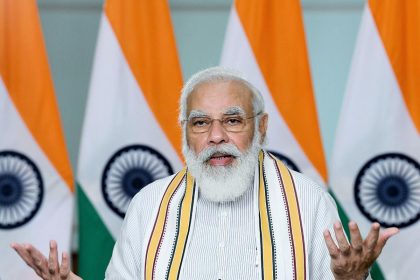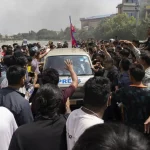India’s investigation into the June 12 crash of Air India Flight AI 171 has reached a critical juncture, with authorities deciding whether to analyze the damaged flight recorders domestically or send them abroad for enhanced forensic examination.
Assessment Underway by AAIB
India’s Aircraft Accident Investigation Bureau (AAIB) has recovered both the Flight Data Recorder (FDR) and Cockpit Voice Recorder (CVR) from the Boeing 787 wreckage. Officials now face a decision: either process the data at India’s new black box lab in Delhi or send the recorders overseas to facilities with more advanced capabilities.
Domestic Capacity Hits Early Snag
In April, the Ministry of Civil Aviation unveiled a purpose-built DFDR & CVR laboratory in New Delhi, equipped to decode flight recorders. However, preliminary tests indicate the recorders, especially one with visible structural damage, may be too compromised—potentially necessitating their transfer abroad for data retrieval .
International Support on the Table
Foreseen alternatives include the U.S. National Transportation Safety Board (NTSB), the UK’s Air Accidents Investigation Branch (AAIB), and Singapore’s advanced labs. India’s Civil Aviation Ministry emphasized that any decision will rest on a thorough technical, safety, and security evaluation—not speculation—and will maintain proper chain of custody protocols.
Importance of Data and Next Phases
These recorders are vital for understanding what led to the crash. India’s AAIB, with assistance from the U.S. and UK, will use the data to assess engine performance, thrust failure, flap settings, and pilot handling—especially following the distress call “thrust not achieved, falling” heard before impact.
Timeline: Domestic or Overseas
- Domestic path: If India’s lab proves capable, data could be retrieved swiftly.
- Overseas option: If damage prevents domestic extraction, recorders may be sent abroad—a process expected to begin once AAIB completes its assessment.
Ongoing Investigation and Wider Context
Meanwhile, DGCA-led inspections of all Boeing 787 aircraft are underway. A multi-agency panel is reviewing safety protocols around engine thrust, flaps, and landing gear. India’s next steps hinge on reliable data from the recorders—whether decoded domestically or internationally.
India’s decision over where to analyze the flight recorders marks a pivotal moment in the crash investigation, determining not only the speed and thoroughness of findings but also signaling the nation’s bid to assert technical self-reliance and transparent accountability in aviation safety.











